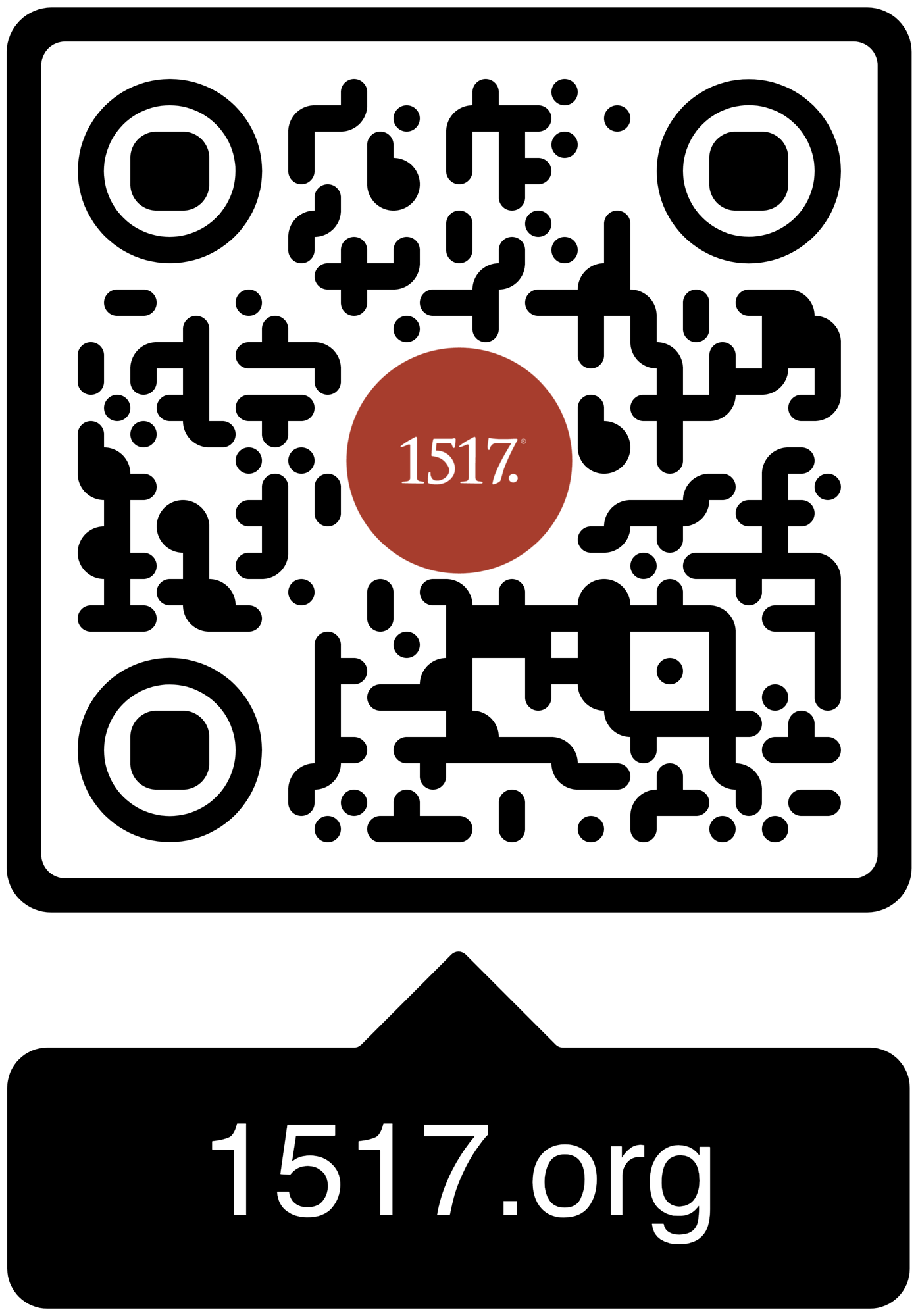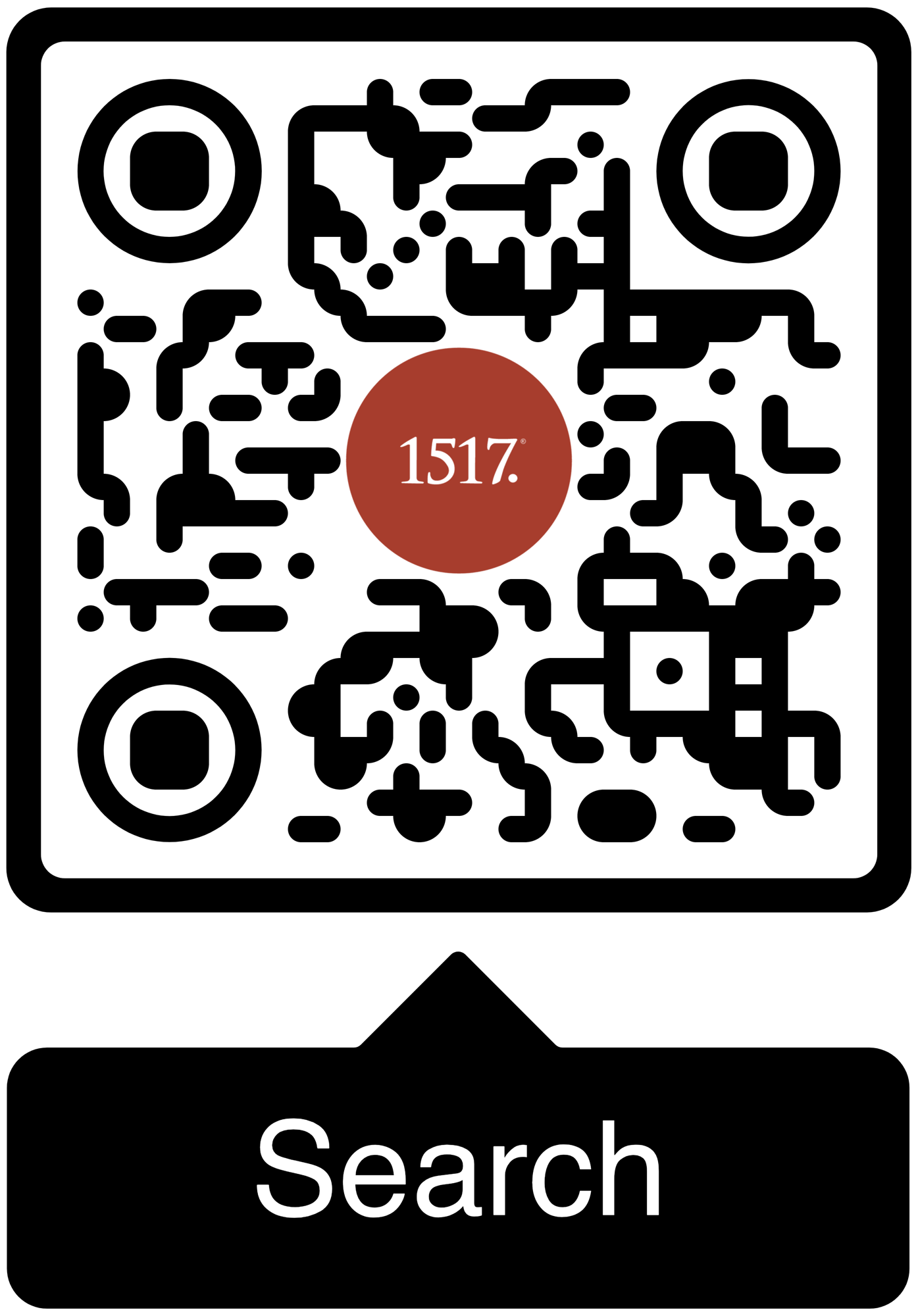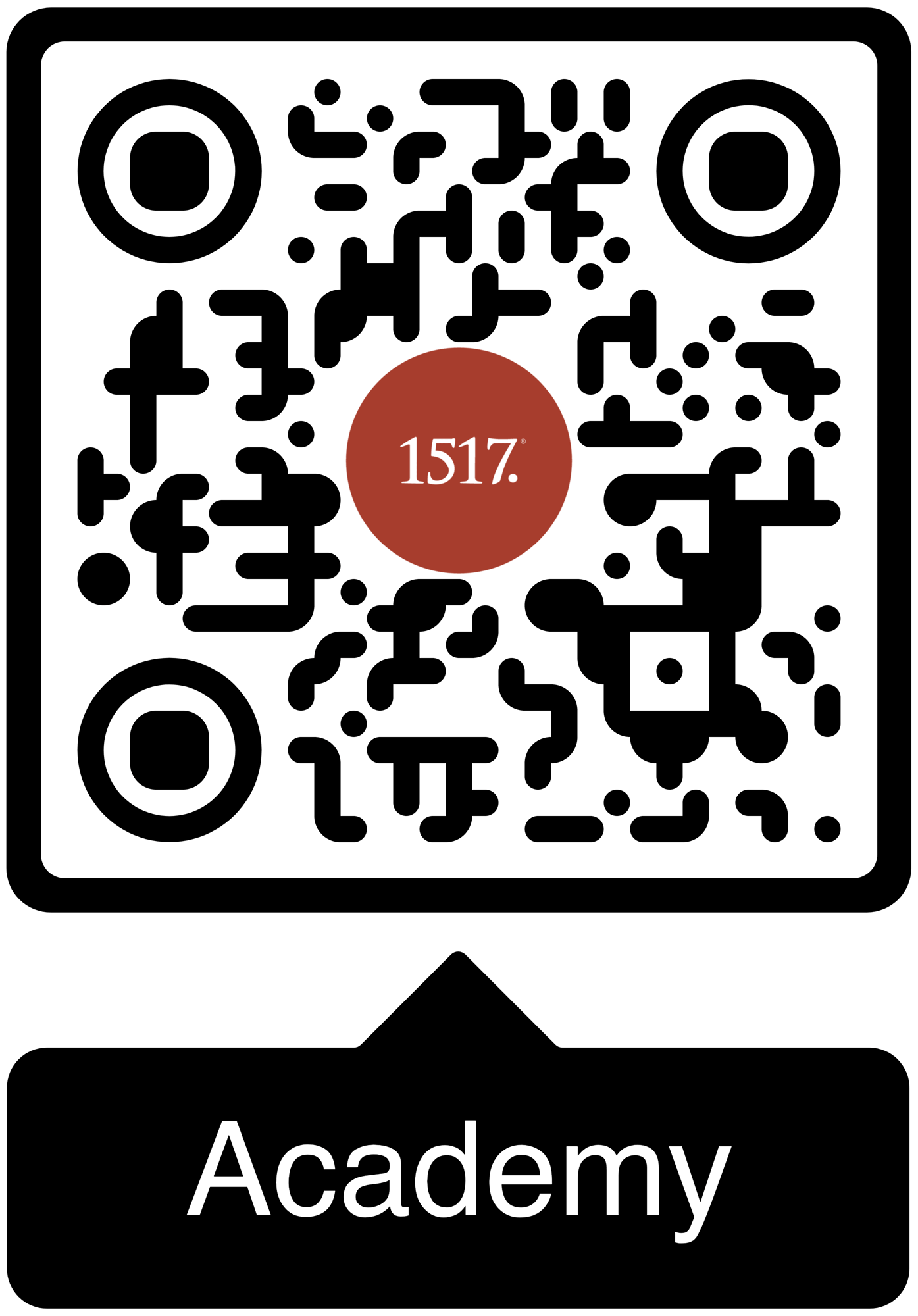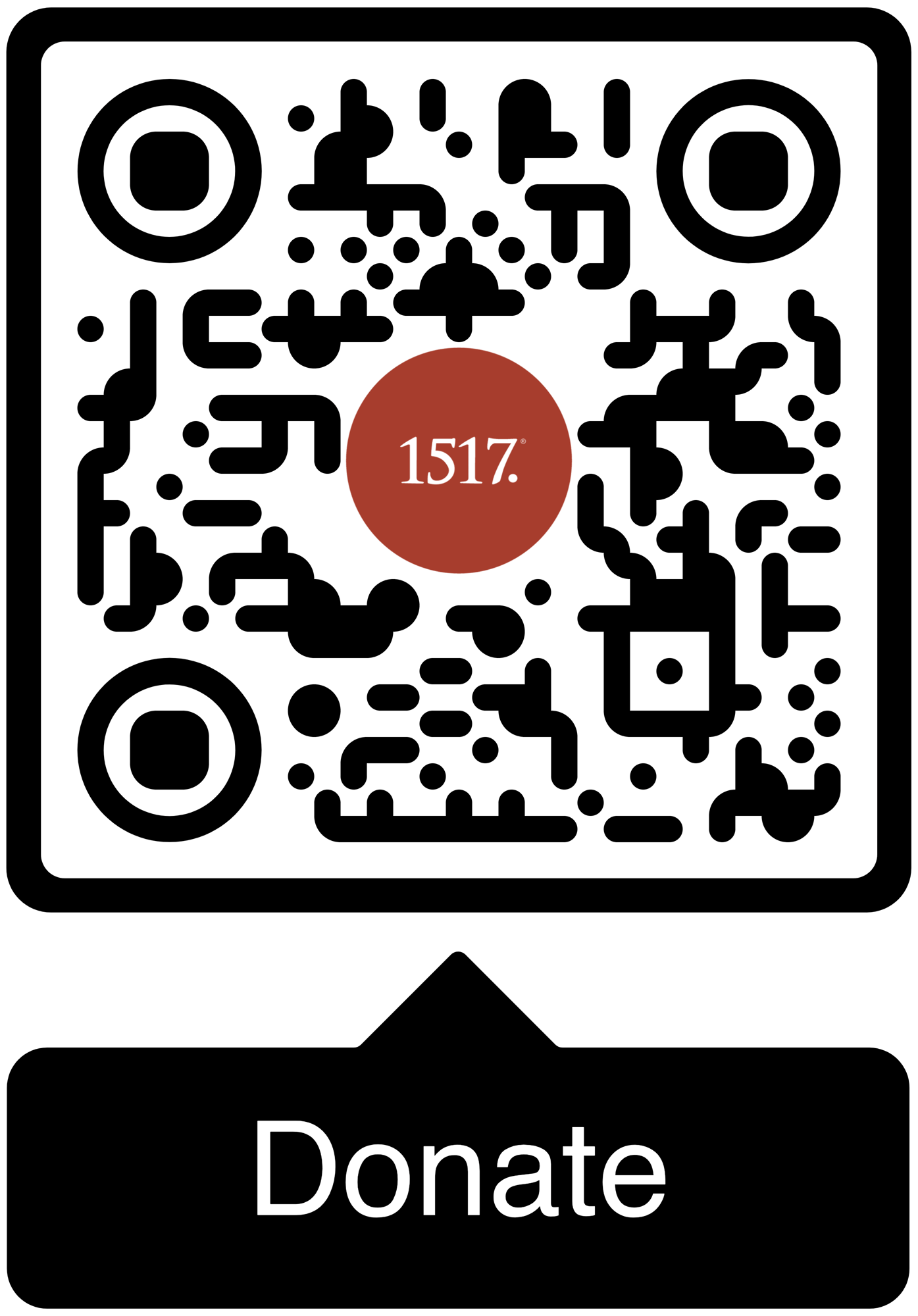This is the second installment in the 1517 articles series, “What Makes a Saint?”
06/20/25
This story is not meant for six-year-olds, but it is meant for us, though we should hardly handle it.
06/19/25
Despite how deep Habakkuk sank into doubt and despair, his faith was not entirely lost. He was merely taking his doubts where they belonged: to the Lord.
All Articles
Author
- All Authors
- 1517 Publishing
- 1517 Staff
- A. A. Just Jr.
- A.J. Vega
- Aaron Boerst
- Adam Francisco
- Adam Stetson
- Amy Mantravadi
- Andrew Foss
- Anthony DiLiberto
- Blake Flattley
- Bob Hiller
- Bob Sundquist
- Bonnie Petroschuk
- Brad Soenksen
- Bradley Gray
- Brandon Hanson
- Brandon Pangman
- Brennan Manning
- Brian W. Thomas
- Bror Erickson
- Bruce Hillman
- C.S. Lewis
- Caleb Keith
- Chad Bird
- Charles E. Fry
- Christopher J. Richmann
- Cindy Koch
- CJ Armstrong
- Craig Donofrio
- Dan Chrismer
- Dan van Voorhis
- Dan Weber
- Daniel Deen
- Daniel Emery Price
- Daniel Stenberg
- David Clay
- David Rufner
- David Schmitt
- Delwyn Campbell
- Dominick Santore
- Donavon Riley
- Edward Killian
- Elyse Fitzpatrick
- Erick Sorensen
- Gage Jordan
- Gerhard Forde
- Grant Klembara
- Greg Koukl
- Gretchen Ronnevik
- Haroldo Camacho
- Hermann Sasse
- Jacob Corzine
- Jacob Smith
- Jake Allstaedt
- Jared C. Wilson
- Jason Lane
- Jason Lang
- Jason Oakland
- Jay Sawrie
- Jeff Mallinson
- Jeffrey Pulse
- Jenifer Mohan
- Jessica Delgado
- Jessica Thompson
- Jim Nestingen
- Joel Fitzpatrick
- Joel Hess
- Joey Goodall
- John Bombaro
- John Bortulin
- John Chrysostom
- John T. Pless
- John W. Hoyum
- John Warwick Montgomery
- Jonathan Ruehs
- Jordan Spina
- Joshua Miller
- Justin Rossow
- Karen Stenberg
- Kathy Morales
- Katie Koplin
- Kelsi Klembara
- Ken Sundet Jones
- Kerri Tom
- Kevin Hale
- Kevin McClain
- Kyle G. Jones
- Larry D. Hughes
- Laura Bauer
- Luke Kjolhaug
- Magnus Persson
- Mariah Coward
- Mark Jasa
- Mark Mattes
- Mark Pierson
- Martin Luther
- Matt Johnson
- Matt Kroelinger
- Matt Popovits
- Michael Berg
- Michael Gibney
- Nicholas Hopman
- Nicholas Kallis
- Norman Nagel
- Paul Dunk
- Paul Koch
- Pete Lange
- Peter Nafzger
- Philip Bartelt
- Preston Sprinkle
- Raleigh Sadler
- Rick Ritchie
- RJ Grunewald
- Robert Farrar Capon
- Robert Kolb
- Rod Rosenbladt
- Roland Ehlke
- Ron Hodel
- Ryan Couch
- Ryan Matthias
- Ryan Stevenson-Cosgrove
- Ryan Tinetti
- Sam Leanza Ortiz
- Sam P. Schuldheisz
- Sarah Crowder
- Scott Davis
- Scott Keith
- Scott Landrum
- Seth Moorman
- Steve Byrnes
- Steve Kruschel
- Steven A. Hein
- Steven Paulson
- StoryMakers NYC
- Tanner Olson
- Tate Barber
- Ted Rosenbladt
- Travis Scholl
- Tyler Cronkright
- Uwe Siemon-Netto
- Valerie Thur
- Wade Johnston
- Walter Hwang
- Wayne Sender
- Zack James Cole
01/03/21
John has been preaching a radical vision of God, where God holds people accountable for their sin and calls them to repent. What will Jesus do?
01/03/21
In Scripture, to be "in Christ" is nothing but living in the light and reality of one’s baptism.
01/03/21
Christ has come to make all things new, and water and the Spirit are used for His new creation just as it was for the original.
01/01/21
Perhaps this past year has prompted the recognition that God is not the tame projection of our highest hopes and dreams. Instead, he is the one who uses even his foes to make a point.
12/31/20
The setting for Luke 2 is the first century analog to my backyard. The stage is dressed with rust and decay, guilt and shame, sin and death.
12/29/20
To the extent that God is exclusive by offering salvation only through Christ we can say he is more gracious than other systems because he takes on our guilt upon himself while gifting us his righteousness.
12/29/20
Christmas-time is the bold proclamation that God was born to save sinners.
12/27/20
As we close out an old year, Saint Silvester can remind us God is the Lord of history and He has used and is using even people whose lives sink largely or totally into obscurity to keep the confession of our faith in Jesus Christ alive.
12/27/20
We begin in ignorance and we end in ignorance. But, in the midst of our ignorance, Jesus is walking with us.
12/27/20
Here is Paul’s repacking of the Christmas gift in terms of the personal and corporate implications of God so loving the world that He gave His only begotten Son.
12/27/20
The receiving and/or possessing of a gift, even one from God, is far different than putting it to use.
12/25/20
This story of despair met with the hope of the gospel is rightly told by many during the holiday season.
1517 is a Christian non-profit (501(c)3) multi-media organization. Our mission is to declare and defend the Good News that we are forgiven and free on account of the death and resurrection of Jesus alone.





1517 grants permission for our free online resources to be printed, photocopied, and otherwise used freely for private and church use. We require that authorship and source (1517.org) are referenced and maintained. These resources may not be sold or included in any publications for sale.


